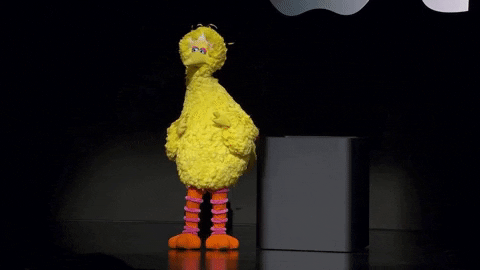Circle up. There’s big hype right now for developing circular economies for sustainable production. (Think mitigating climate change, feeding a growing population.) The folks at University of Illinois Urbana-Champaign developed a Circularity Index to measure how far we’re progressing on that goal.
Soundbite: “The traditional economic system is linear—we produce, distribute, use, and dispose of products. To increase sustainability, we need to develop a circular economy. Rather than just using natural resources, we must recover, reuse, and recycle waste materials.” — Yuanhui Zhang, study lead author and Department of Agricultural and Biological Engineering professor at U of I
U of I’s index gives a comprehensive method to quantify bioeconomic systems, which differs from most current studies that are mainly descriptive and do not measure impacts.
Say what? Yeah, that was a lot. Grab your coffee. The researchers give a step-by-step outline of Circularity Index (CI) in the paper. It measures circularity on a scale from 0 to 1, zero meaning the system is completely linear, and 1 meaning it is completely circular. CI includes eight categories: recover, remake, reuse, take, make, distribute, use, and dispose.
Example, please? Sure thing. Researchers have applied CI to a corn/soybean operation, looking at nitrogen cycles over eight years while using two different fertilizer treatments. They also applied CI to the entire U.S. food and agriculture system with a focus on energy use.
Sorting Chickens Before They Hatch
Poultry innovators cracked the code on guaranteed egg sexing. Shell yeah! German-based Agri...
Mexico Won’t Grow GM Corn, But Has to Import It
It’s a new year—yet we’re still talking about Mexico and genetically modified corn. The nation...
Farmers Get Lifeline with Farm Bill Extension
The 2024 season comes to an end. And an extension of the 2018 farm bill came in late December—not...




